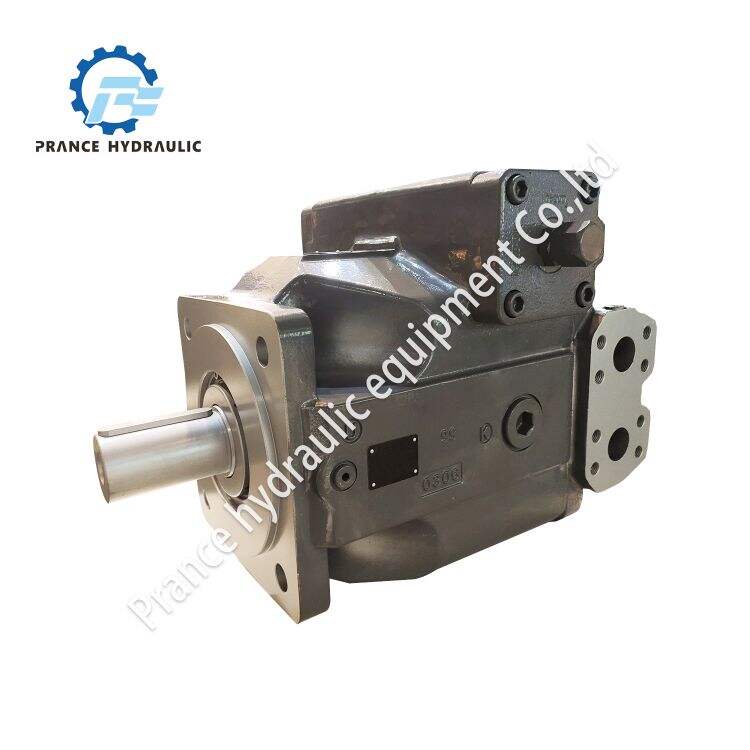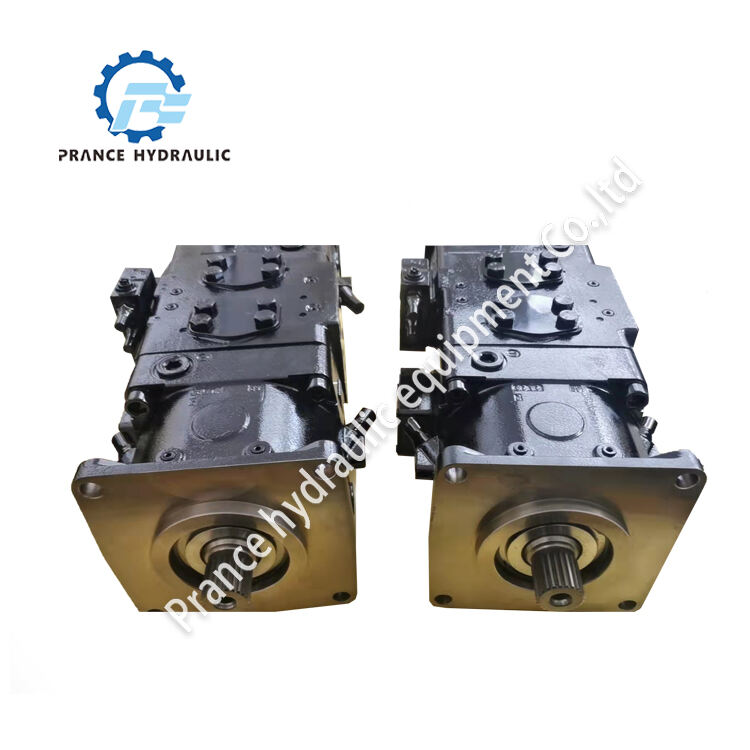A hydraulic piston motor (also spelt as Plunger Pump) is a type of positive displacement pump where the high-pressure seal reciprocates with the piston. It has some really cool parts that are all working together to do this. Let’s explore why a piston pump is a perfect fit for countless tasks and how it operates!
How a Piston Pump Functions: A piston pump contains a piston, which moves up and down. As the piston descends, it exerts a negative pressure that draws in liquid. Then as the piston moves up, it pushes the liquid out through a pipe. This repeats, allowing the pump to move a large volume of liquid fast and easy.
The Benefits of Piston Pumps Fortunately, piston pumps are popular for more than just one reason. They are also quite powerful, and able to handle even thick or sticky fluids that some other pumps might have a hard time managing. They also hold up really well and run for a long time before they break. That makes them ideal for chores such as oil and gas, food processing and farming.

Common Types of Piston Pumps: There are several common types of piston pumps, each with unique applications. One of these is a reciprocating pump, which is great for high-pressure applications since these are the ones that are common in hydraulic systems. Another kind is the diaphragm pump, which is perfect for pumping paint or other delicate liquids. No matter what kind of liquid you want to shift, a piston pump can do the job!

Maintaining Your Piston Pump: Your piston pump will perform better if you keep it maintained. Here’s some advice that will help you respect it:

What Makes Piston Pumps So Special: Piston pumps are special because instead of spinning blades like other pumps, they rather rely on a piston to move around liquids. They are made this way to be very tough and reliable, and to handle jobs that would kill most other pumps. They are applicable across many different sectors, from factories to farms. As we can see with their power and efficiency, it’s no surprise that piston pumps are a thing of beauty!